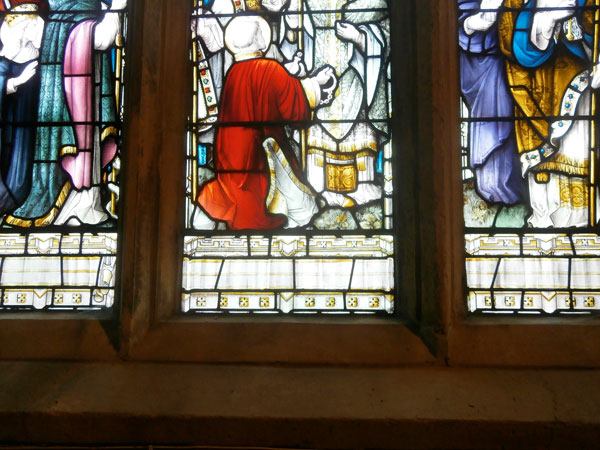I was thrilled to discover the V&A Plaster Cast Courts for the first time recently. Tucked to the side of the museum, and away from the weekend crowds, the Courts house plaster copies of famous architecture and sculpture from across world. The scale of the rooms and the gigantic Trajan Column that dominates them is the first thing to be impressed by (even more so when you realise that they should be stacked on top of each other to achieve their original height). The spectacle of seeing such impressive architecture inside another building, framed and lit in the context of the museum is incredible.
The sheer randomness of the collection is intoxicating. The courts have Frankenstein displays where the front of a cathedral from Santiago de Compostella has doors inset from Germany from 200 years earlier. Old mixes with new and everything from all over the world is together in one excessive architectural Disneyland.
The really interesting thing around the casts is of course that they aren’t real. That is to say that they aren’t the original objects. They are facsimiles of much coveted masterpieces of art and architecture from throughout the ages. But the discussion around an objects authenticity and it’s subsequent relevance to scholarly or artistic study is only part of my fascination. In 2014, Room 46B was renovated, (the courts having originating in 1873), and it’s in this more modern world that this odd collection exists now. A modern museum setting that is constantly reassessing the usefulness and quality of facsimiles in all their forms – from digital print outs and online representations, to VR experiences and 3D-printed stand ins. What is and isn’t valid as an accessioned artefact seems to be as much up for grabs as ever.
Here are some links about the history of the Cast Courts:
I never knew the V&A was originally the Museum of Manufactures! The History of the Courts. Room 46A. Room 46B.
































